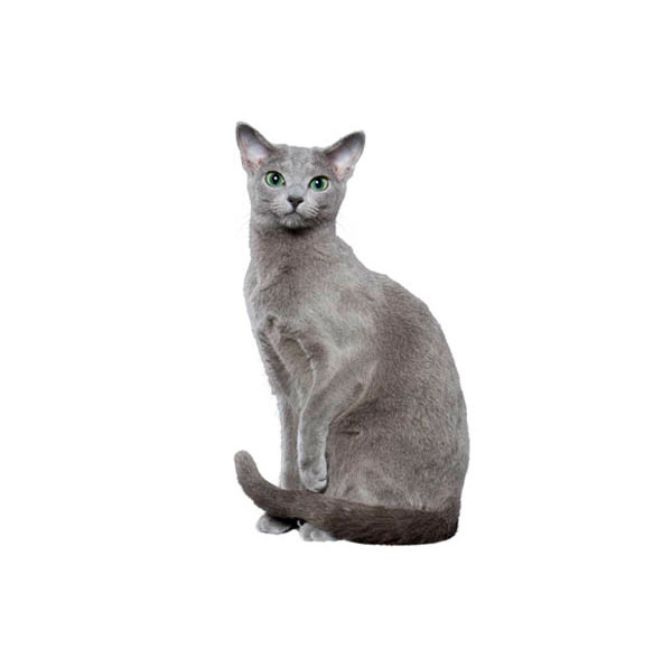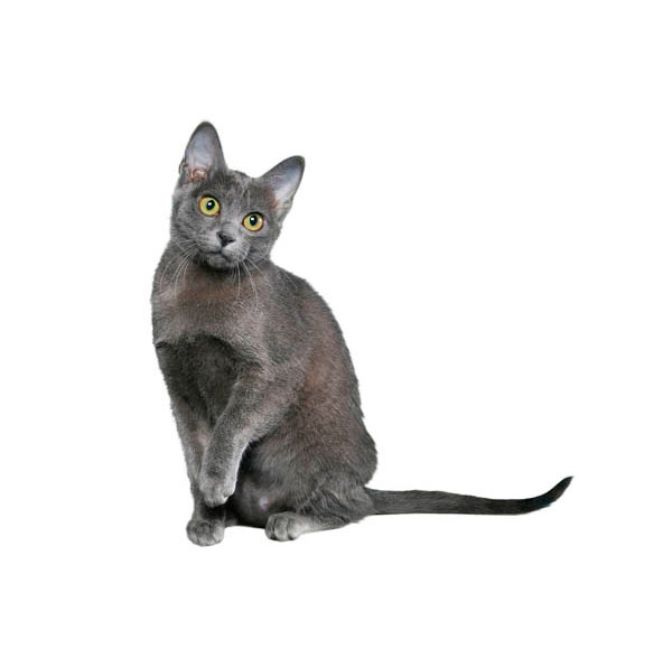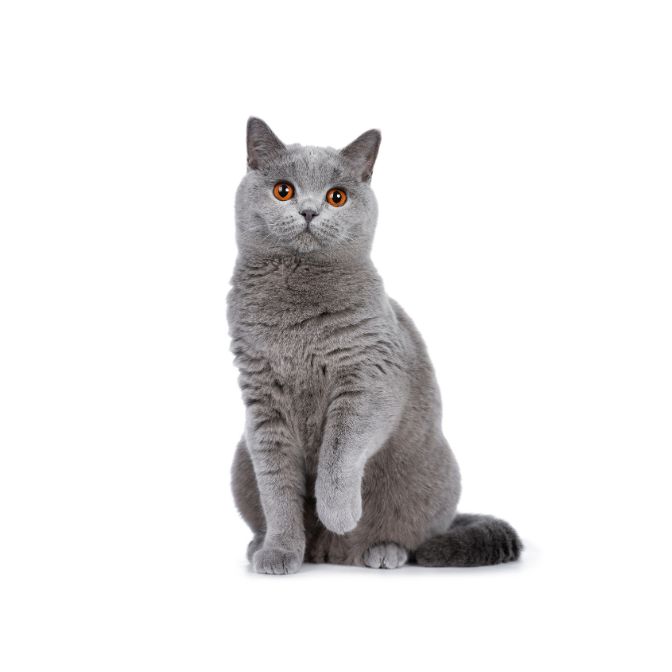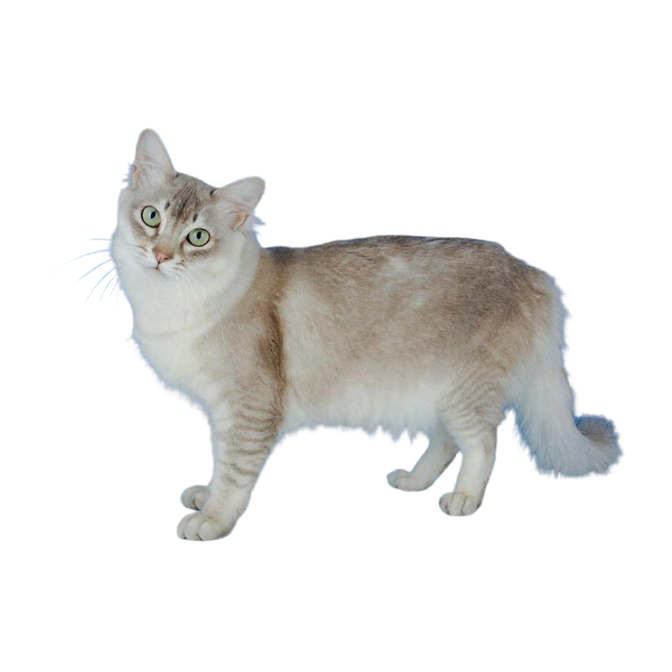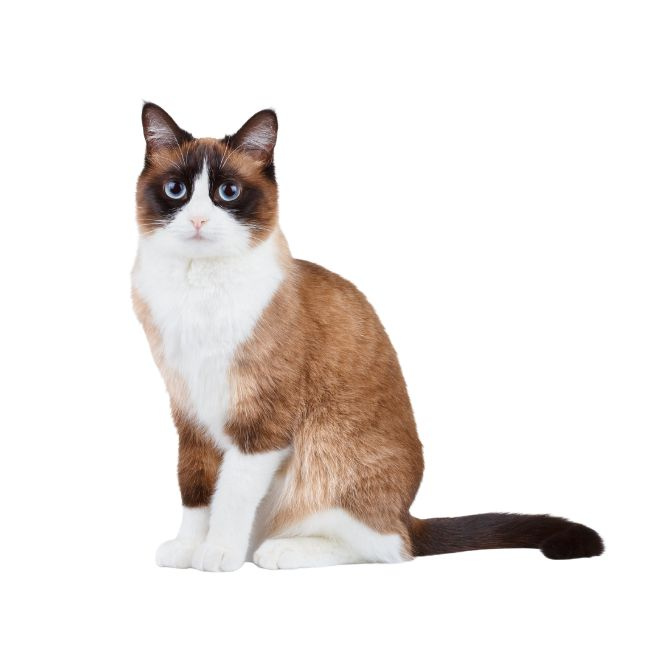Russian Blue
The Russian Blue is a breed known for its striking appearance and gentle nature. Originating in Russia, these cats were likely brought to Europe in the 19th century. In Australia, they have gained popularity due to their unique looks and friendly demeanor, making them suitable companions for families and individuals alike.
Medium To Large
Short
High
4 to 8kg
Blue with silver tips
Russian Blue cats are known for their calm and affectionate temperament. They are typically reserved with strangers but develop strong bonds with their owners. This breed is intelligent and playful, enjoying interactive games and mental stimulation. They are also known for their quiet nature, often communicating with soft chirps rather than loud meows.
The Russian Blue cat is easily recognizable by its dense, double-layered coat that is a stunning shade of bluish-gray. They have striking green eyes and a graceful, muscular build. Their short, plush fur requires minimal grooming, making them a practical choice for pet owners.
On average, a Russian Blue cat can live between 15 to 20 years, depending on health and care. With proper nutrition, regular veterinary check-ups, and a loving environment, these cats can enjoy a long and healthy life.
While the most common color for Russian Blue cats is the distinctive bluish-gray, they can also be found in a variety of shades, including silver and slate. The breed's fur has a shimmering quality, which adds to its aesthetic appeal.
Russian Blue cats shed moderately throughout the year. Regular grooming helps manage loose fur and reduces allergens in the home. Their coat is designed to be low-maintenance, requiring brushing only once a week.
Generally, Russian Blue cats are healthy, but like all breeds, they can be prone to certain genetic conditions. Regular veterinary care is essential to monitor their health and ensure they receive vaccinations and preventative care.
A balanced diet is crucial for a Russian Blue kitten's growth and health. High-quality cat food, whether dry or wet, should be rich in protein and free from fillers. Consult with a veterinarian to determine the best diet tailored to your cat's age and activity level.
The Russian Blue breed has a rich history, believed to have originated from Russian sailors who brought them to Europe. They were favored by royalty and often depicted in art, symbolizing grace and elegance.
Did you know that Russian Blue cats are known for their hypoallergenic properties? Their unique coat produces less Fel d 1 protein, which is a common allergen. This makes them a suitable option for allergy sufferers.
